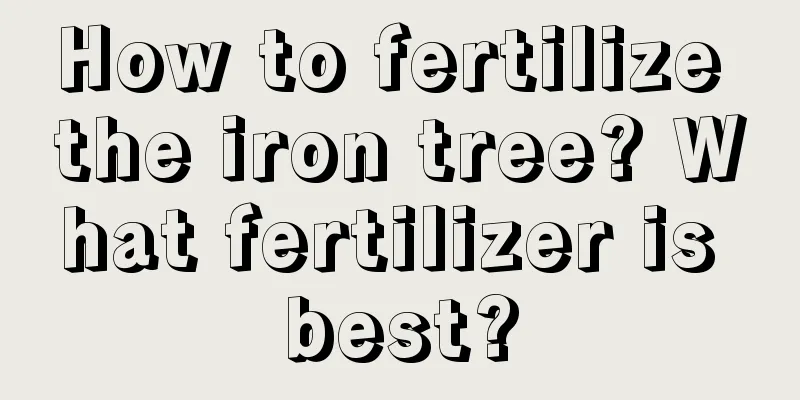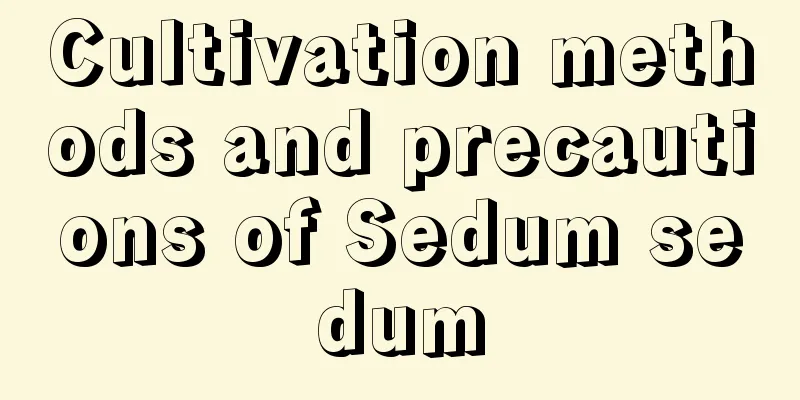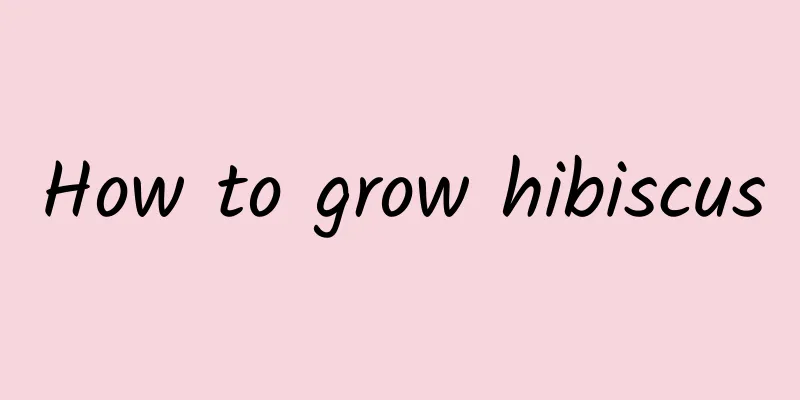How to cut off the head of Gloxinia after flowering

1. What is beheading?During the regrowth process of many plants, if not treated, they will rarely produce new buds and will often only grow to the bottom. As a result, the entire plant will be abnormally tall, and sometimes it will fall to one side because it is too tall, and there is even a risk of breaking itself. Therefore, if you want to cultivate a beautiful ornamental flower, you have to process it. This treatment is to cut off its tip and then leave it to wait for it to reroot. This is commonly known as beheading. 2. How to cut off the head of Gloxinia1. Beheading timeBefore dealing with Gloxinia, the most important thing is to wait for buds to grow below and ensure that there are no flower buds and buds on the cut part. If no buds grow, then after being cut, the plant will grow new branches very slowly, and may even die because of the long period of time. If there are flower buds and buds in the cut part, nutrients will not be supplied to the roots, which will make it difficult to grow roots and the plant will eventually die. Therefore, before beheading, you must carefully consider whether your Gloxinia should be beheaded and whether it is time to behead it. 2. MethodsWhen buds appear below the Gloxinia plant, you can cut the top of the plant. First of all, you must make sure that there are no flower buds or flower buds on the cut branches. If there are any, they must be removed, otherwise it will be difficult for them to take root later. After beheading, keep the cut part as it can take root and grow new plants. Keep the cut ones and prepare a cup of clean perlite and a container. The container does not need to be too big, just enough to hold the plant. Pour the perlite into the box and leave a hole in the middle to facilitate inserting the branches. After compacting it, water it. The water level should not allow the perlite to float. After that, you can continue to cultivate it. If the leaves wilt, water it until roots and bulbs grow. Around July, the African violet will bloom, and the new plants will be more beautiful than before. If you continue to do this treatment in the future, your Gloxinia will become more and more suitable for viewing. |
<<: How to prune bitter water rose
>>: How to water the peach beauty
Recommend
The most indifferent flower in the world
1. Platycodon grandiflorum Its flower language is...
Okra cultivation time and technology
1. Cultivation time There is little time limit fo...
Can vitamin E be used to water flowers? What flowers can be watered?
Can vitamin E be used to water flowers? Vitamin E...
Does Chlorophytum comosum prefer shade or sun?
Does Chlorophytum comosum prefer shade or sun? Ch...
What fertilizer is good for gardenia?
1. Is the fertilizer requirement high? Generally ...
How to cultivate Viburnum
1. Soil Viburnum is not very demanding on soil co...
Lily Care Tips, How to Extend the Flowering Period of Lilies
1. Maintenance tips 1. Temperature: The suitable ...
How to maintain succulent plants in summer (how to grow succulent plants to survive the summer)
How to care for succulents in summer Summer is li...
What flowers should I send to my patients?
1. What flowers to send Generally, when visiting ...
Cultivation methods and precautions of hydroponic gardenia
1. Change water in time It is very important to c...
Pinellia ternata planting conditions, growing environment and region
Introduction to Pinellia Pinellia ternata is also...
What to do if Clivia is pinched by an arrow
1. Increase fertilization Reason: Too little nutr...
How to cultivate Dendrobium
Light and temperature Dendrobium needs to be plac...
Can Kalanchoe be grafted?
Can be grafted Kalanchoe can be grafted, so flowe...
Cultivation methods and precautions of blood-replenishing grass
1. Maintenance methods 1. Temperature: Limonium p...









